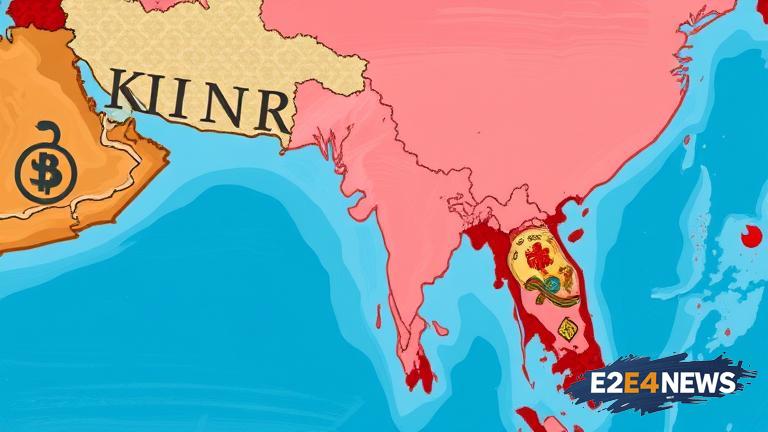Russia’s Far East region, which spans over 6.2 million square kilometers, is witnessing a significant economic growth amidst global tensions. The region, which shares borders with China, Japan, and North Korea, has been a focus of Russian President Vladimir Putin’s economic development plans. In recent years, the region has seen a surge in investments in infrastructure, including the construction of new roads, bridges, and ports. The region’s economy is primarily driven by the extraction of natural resources, such as oil, gas, and minerals. However, the Russian government is also investing in other industries, including manufacturing, agriculture, and tourism. The region’s strategic location makes it an important hub for trade between Russia and Asia. The Russian government has also established several special economic zones in the region, which offer tax incentives and other benefits to investors. One of the key drivers of the region’s economic growth is the development of the Northern Sea Route, which connects Europe and Asia through the Arctic. The route is expected to reduce transportation costs and increase trade between the two continents. The region is also home to several major ports, including the port of Vladivostok, which is one of the busiest ports in Russia. The Russian government has also invested in the development of the region’s energy sector, including the construction of new power plants and the expansion of existing ones. The region’s economy is also driven by the growth of small and medium-sized enterprises, which are supported by government programs and initiatives. Despite the economic growth, the region still faces several challenges, including a shortage of skilled labor and limited access to financing. The Russian government is also working to improve the region’s infrastructure, including the construction of new airports and the expansion of existing ones. The region’s tourism industry is also growing, with several new hotels and resorts being built in recent years. The region is home to several natural wonders, including the Lake Baikal, the world’s largest freshwater lake, and the Kamchatka Peninsula, which is known for its volcanic landscapes. The Russian government is also investing in the development of the region’s education and healthcare sectors, including the construction of new schools and hospitals. The region’s economic growth is expected to continue in the coming years, driven by investments in infrastructure and industry. However, the region’s economy is also vulnerable to global economic trends and trade tensions. The Russian government is working to diversify the region’s economy and reduce its dependence on natural resources. The region’s economic growth is also expected to have a positive impact on the local population, with new jobs and opportunities being created. Overall, Russia’s Far East region is an important economic hub, with significant potential for growth and development.
